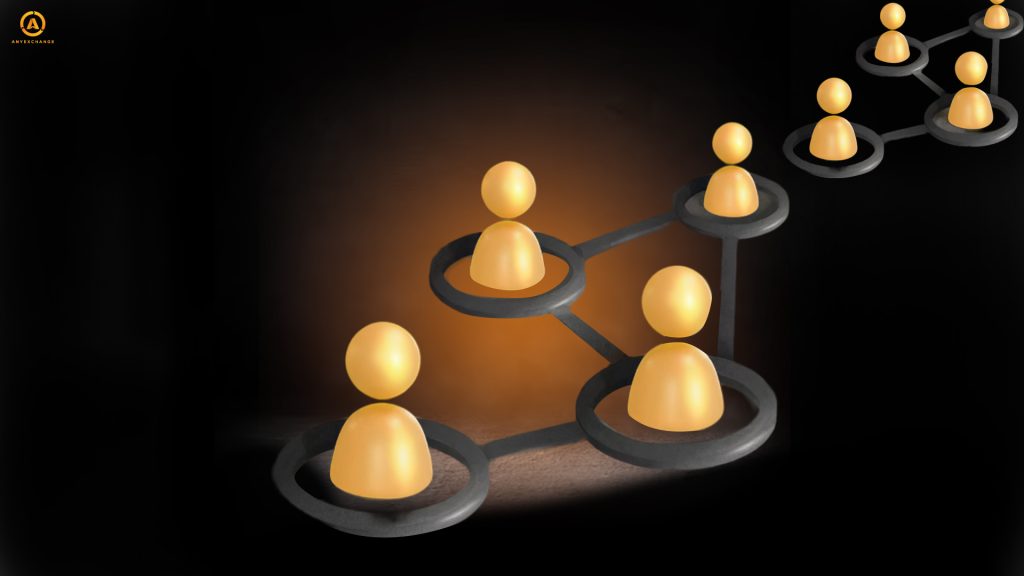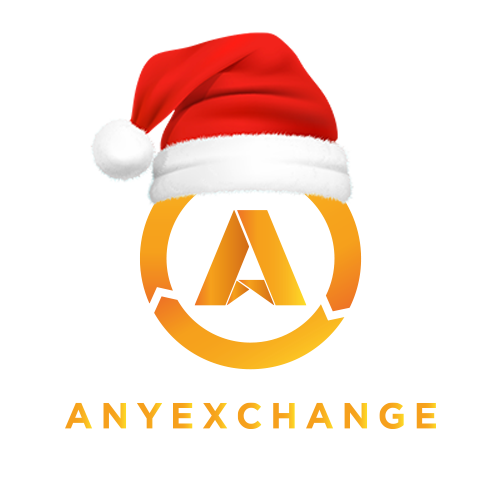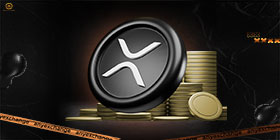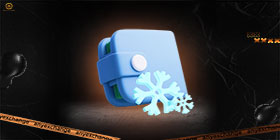
A DAO in blockchain is a fundamentally new type of organization that represents an alternative to traditional methods of creating and managing business processes. Like traditional companies, DAOs organize people to achieve specific goals. At the same time, they lack a management hierarchy and a single decision-making center, and the people involved in an organization may not even know each other.
Let’s take a look at what these types of organizations are, what the principles of decentralized DAO management systems are, and what the future holds for them.
What is a DAO?
The transformation of traditional systems through blockchain technology has given rise to new approaches to investment and project management. DAO (Decentralized Autonomous Organization) is one of the most effective management concepts in decentralized technologies. A blockchain-based DAO is a fully decentralized autonomous organization that manages the entire network through anonymous voting. Its functioning is supported by a smart contract. The control mechanism and the core of the DAO structure are rules written in code, on which all participants of the organization without exception rely.
Main features of decentralized autonomous organizations
Not all decentralized platforms choose the method of management through DAO. It is chosen by projects that are close to the idea of democratization of processes, readiness for collegial decision-making, open cooperation and innovation.
All processes are realized on the basis of smart contracts and are absolutely transparent for the participants of the DAO community. All DAO financial transactions are visible to community members. The smart contract and the underlying code are also publicly available.
DAO members are not bound to each other by any contracts or agreements. Their interactions are based on a common goal and incentives driven by consensus rules. These rules are defined in the protocol and are completely transparent, while the software part is open source and managed by the entire organization (a DAO cannot be unilaterally controlled from the moment of deployment). Properly designed governance rules guide the actions of participants toward the most beneficial outcome for the network.
The decentralized nature of a DAO eliminates the centralization of decision making and its “vertical” execution. Ecosystem participants have the right to bring issues or proposals to the community for consideration. Decisions are made by voting and reaching a quorum.
Voting in the DAO takes place among holders of native tokens. These are tokens issued by the platform for internal use (formation of smart contracts, payment of commissions within the network, etc.). As a rule, a model is used in which the weight of a participant’s vote depends on the number of DAO tokens he owns. Some decentralized autonomous organizations practice methods that limit the voting power of the largest holders in order to maintain the balance in the systеm.
To implement the voting process, either services created by the DAO itself or separate specialized platforms with relevant functionality (e.g., Tally, Snapshot, etc.) are used.
Generally, DAOs do not produce anything and do not develop codes or hardware themselves. Typically, contractors are hired to perform such tasks ( after the community approves a collaborative contract).
Usually, DAOs create financial reserves (treasury) for the implementation of ideas adopted by voting results, the realization of which costs money.
In simple words, a DAO is an independent Internet community of like-minded people, living according to transparent rules, which they have created for themselves, and with a single bank account, which they collectively control, using finances as they see fit.
Stages of creating a DAO

- Defining the rules. In this stage, the rules of the DAO are created through smart contracts and adopted through voting.
- Funding. This stage involves the distribution of native tokens and attracting investments into the DAO.
- Ongoing management. After raising funds to run the DAO in the treasury, the community begins to work on the outcome of the network. Community members, in addition to voting, can perform work for the DAO, receiving management tokens as rewards
History of Decentralized Autonomous Organizations

The history of DAOs goes back to 2013. The concept was originally called DAC (Decentralized Autonomous Corporations), which was later changed to any decentralized organization (founded for more than just profit).
According to some crypto-enthusiasts, already bitcoin was already carrying the signs of the first rudimentary DAC. However, the point of reference and the birth of decentralized autonomous organizations is still considered to be the emergence of Ethereum as the first blockchain platform that implemented the logic of smart contracts. Thanks to it, it became possible to create decentralized systems for transactions without intermediaries, such as DApps, DEX, DAO and DeFi protocols.
Ethereum was the basis for the launch in 2016 of the first protocol called The DAO, which embodied the principles of decentralized autonomous organization. Investors poured nearly 15% of the ETH in circulation at the time into it. However, just three months later, hackers found a vulnerability in the organization’s smart contract and withdrew about $50 million worth of ETH.
However, despite the first failure, this experiment served as a springboard for the development of the DAO concept in the crypto community. And Ethereum is still the most sought-after blockchain for launching decentralized autonomous organizations, despite the active development of alternative L1 networks (Layer 1 blockchains such as Solana, NEAR and Avalanche).
Examples of DAOs that have managed to achieve impressive results in 2023 inсlude the following:
MakerDAO. One of the most in demand lending services in the cryptocurrency market. Automatic issuance of loans in $DAI stablecoins can be done if the borrower provides collateral in the form of other digital assets. Initially, the protocol was managed by the Maker Foundation, but over time, its management decided to put the right to manage the protocol in the hands of the community.
LIDO. A popular liquid PoS token staking service with a TVL of over $9 billion. All transactions within the DAO are based on smart contracts with the ability to withdraw assets from the staking without penalties or fines.
Other successful DAOs inсlude the UniSwap exchange with large community support, the Compound loan service and the Aave decentralized platform for lenders and borrowers.
Popular uses of DAOs

Philanthropy. DAOs accept donations to their DAO account and through a community vote, a decision is made to redirect and distribute the funds.
Investment. Developing and launching a DAO with the goal of making a profit. Like-minded people with the help of the organization pool their investments and invest in projects with a high entry threshold, and the profit is distributed proportionally to the contribution of the participants.
Buying collectibles and art objects. DAO allows enthusiasts to come together to purchase and collectively own masterpieces, collectibles or NFTs.
Financial Protocols. Decentralized financial protocols allow for the exchange of cryptocurrencies or help other platforms to issue new tokens.
Servicing other projects. Service organizations specialize in redistributing labor resources between different DAOs, providing specialists for specific tasks.
Operating systems. This type of DAO allows the creation and management of new decentralized autonomous organizations using templates and smart contracts.
Advantages of DAO
Democracy. Due to the absence of hierarchy in decision-making, every participant in the organization has the right to put to a vote issues related to the organization of community work and to participate in voting. All decisions are made collegially within the systеm.
Decentralization and transparency. DAOs operate on an open source blockchain. All transactions, changes and proposals that are voted on are transparent and their history is publicly available. No one can change the algorithms of the organization without the knowledge of the community, and without regard to the interests of the other participants.
Openness. Anyone who uses the Internet, regardless of gender, age, financial status and place of residence, can become a member of DAO (a token holder, a person who has the right to influence the life of the community).
Autonomy. The protocol works after the launch without third-party intervention. Users perform operations, whose obligations are spelled out in the smart contract.
Speed and cost-effectiveness. The strength of blockchain is the exclusion of intermediaries from chains of interaction. This feature of the technology reduces costs and the time required to reach consensus.
Challenges for DAOs
Regulatory uncertainty. The legal aspects of DAO are blurred, as is the regulatory landscape for blockchain and cryptocurrencies in general. The legal frameworks for different jurisdictions are also still evolving. The lack of a clear regulatory mechanism and legal uncertainty may have a negative impact on the future of DAOs and become an obstacle to the development of decentralized autonomous organizations.
Security risks. The decentralized nature, openness and trust may pose security risks for DAOs. Unscrupulous participants in the community may monitor for contract vulnerabilities not only to fix them, but also to exploit them for other, disreputable purposes. The notorious precedent of The DAO in 2016 is a clear demonstration of this.
Questionable effectiveness. For all its advantages compared to bureaucratic mechanisms, the DAO’s lack of a clear hierarchy can lead to delayed decision-making when the opinions within the community are divided.
Risks of partial centralization. If the smart contract does not provide for the possibility of modifying the original rules, the organization will be forced to operate according to the initial rules set in the protocol code by DAO creators. As well, the weight of the vote is determined by the number of tokens. Again, the community will be required to take a number of steps to prevent large holders from taking control.
Conclusion
Despite the existing problems, the concept of decentralized autonomous organizations has a significant impact on traditional management practices and can bring new useful experiences to them. Through DAO, a new order of corporate governance is created with many benefits for all participants in the process by improving efficiency and increasing trust, which is lacking in the centralized approach.
Analysts foresee a long-term positive trend for DAO, predicting that as regulations are defined, more and more companies will look to implement decentralized governance into their business.
Thanks for your attention!
AnyExchange is an exchanger that allows you to convert the most popular cryptocurrencies at an always favorable exchange rate . We conduct transactions with both electronic money and cash. Worldwide money transfers
are available on the platform.









